Otherwise known by Diamonique, Diamonite, Djevalite, YCZ, or CZ
Right next to Corundum on the production scale is Cubic Zirconia. Scientifically referred to as Yttria-Stabilized Cubic Zirconia. This material has made its way to the top of the most common diamond simulants on the market. It's exceptionally easy to make, comes in just about any color you can think of, is harder then quartz, is very durable / tough, has a refractive index close to diamond, and a dispersion factor that is greater than diamond. These facts have made it one of the most popular gemstones in the world, even though it doesnt occur naturally (Atleast not in significant enough quantities to matter). The only comparable / better simulant would be moissanite, but due to production costs, CZ has held its thrown for many years now.
Cubic Zirconia, interestingly enough, doesnt have a huge amount of industrial uses. However, it's ceramic is incredibly common in the industry. Most 'ceramic knives' you may have ever come by, are usually made of CZ ceramic. Its toughness, affordability, and temperature resistance have made it into a very attractive but cheap material for high quality blades. The ceramics can be polished to a mirror finish and machined into really any shape.
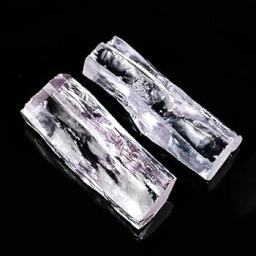
(Undoped / Generic)
(Undoped)
Color: Colorless to Lavender
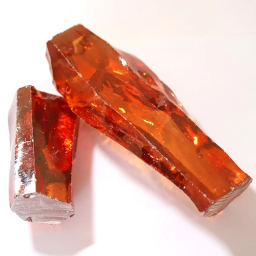
Color: Yellow, Orange, Red
Cause: Ce, CeO_2_, Ce_2_O_3_
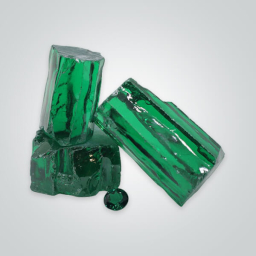
Color: Green
Cause: Chromium and Vanadium Ions
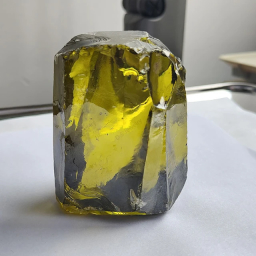
Color: Green, Olive
Cause: Cr_2_O_3_, Tm_2_O_3_, V_2_O_3_
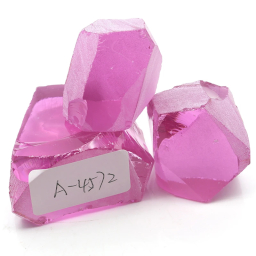
Color: Pink
Cause: Er, Eu, Er_2_O_3_, Eu_2_O_3_, Ho_2_O_3_
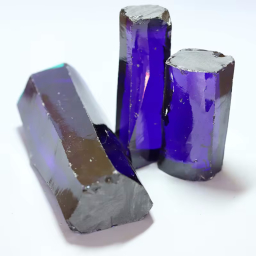
Color: Lilac, Violet
Cause: Co_2_O_3_, MnO_2_, Nd_2_O_3_
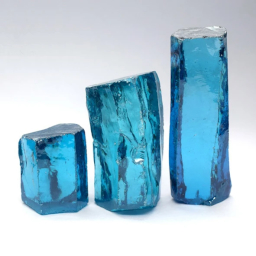
Color: Lilac, Violet, Blue
Cause: Cobalt Ions
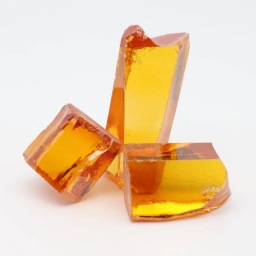
Color: Yellow, Amber, Brown
Cause: CuO, Fe_2_O_3_, NiO, Pr_2_O_3_, TiO_2_
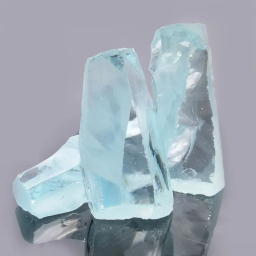
Color: Yellow, Pale Blue
Cause: Copper Ions
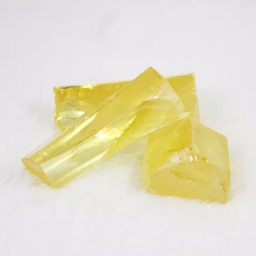
Color: Yellow
Cause: Iron Ions
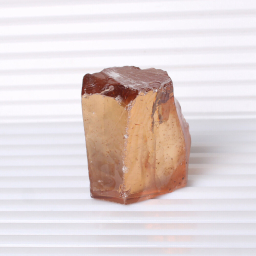
Color: Pale Brown
Cause: Holmium Ions
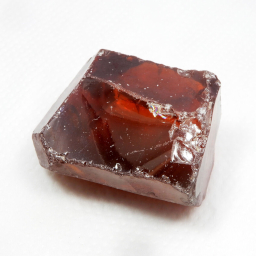
Color: Brown, Violet
Cause: Manganese Ions
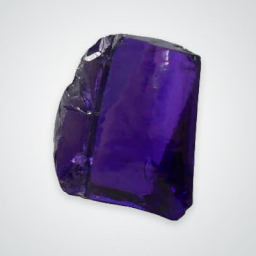
Color: Purple
Cause: Neodymium Ions
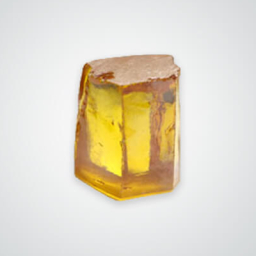
Color: Yellow, Brown
Cause: Nickel and Thulium Ions
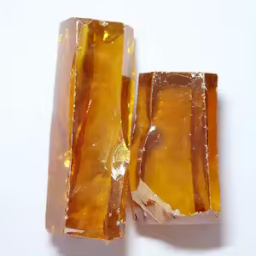
Color: Amber
Cause: Praseodymium Ions
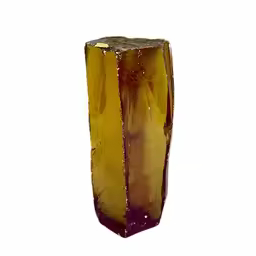
Color: Amber, Brown
Cause: Titanium Ions

















